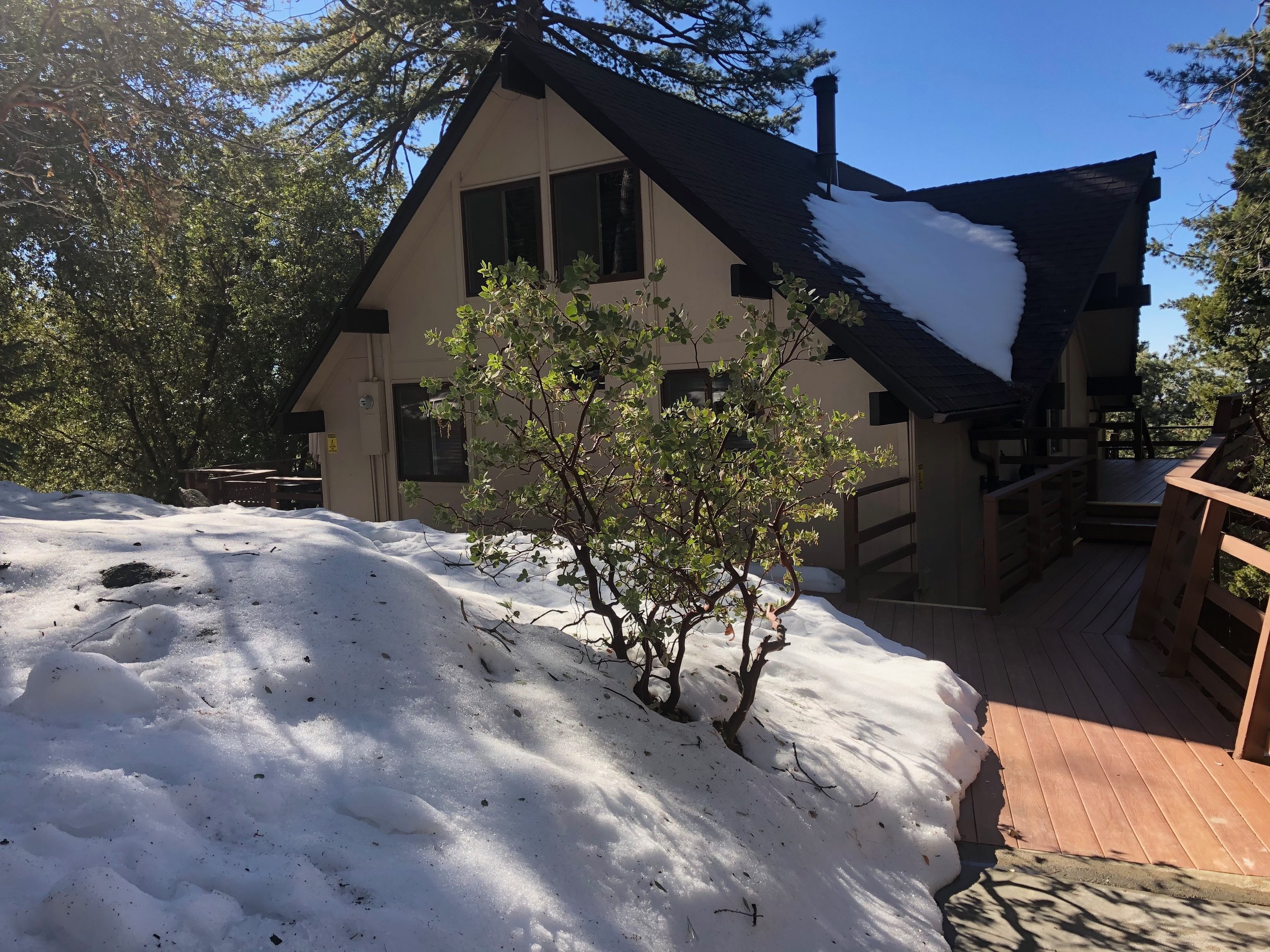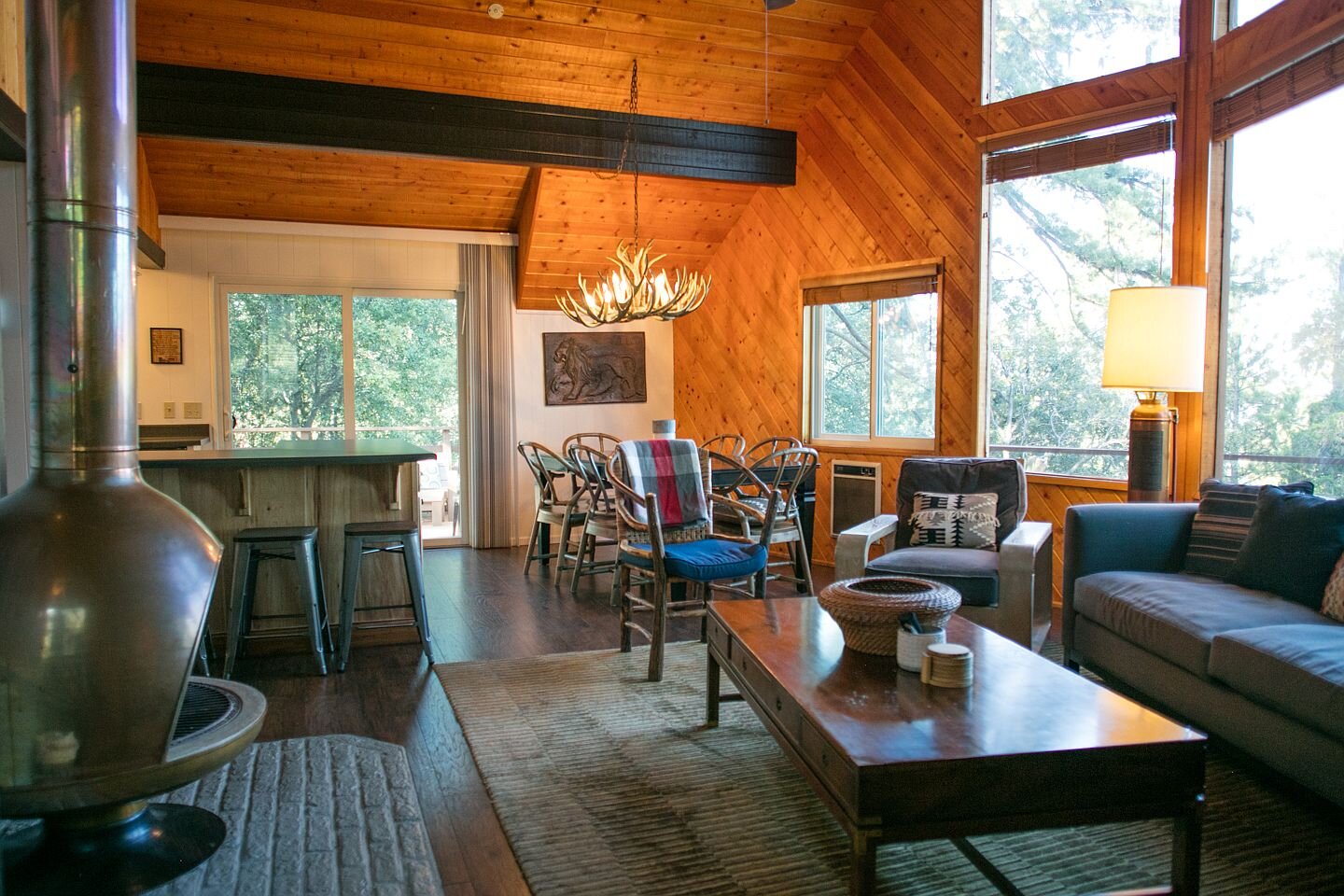Note: Lessons from The Overlook was a periodic update on lessons learned from owning a vacation rental property in the Southern California mountain town of Idyllwild. It was a hands-on opportunity to apply some of the techniques I advise my clients to use. This will likely be the last one. You can find past updates here.
Here's the short version: Sally and I sold The Overlook.
My wife and I owned the vacation rental cabin in the mountain town of Idyllwild, California for just over five years. Now we've sold the cabin and exited the vacation rental business.
I'm not sure if we'll get back in, but I know it's the right decision for now.
Deciding when to sell a business or quit a job can be tough. I asked people on LinkedIn how they made the decision and got a lot of great responses.
Here are some of those crowd-sourced suggestions along with the process Sally and I used to know it was time to leave.
Why did you start?
There must be something gnawing at you if you're reading this. Something doesn’t feel right, but what is it? And is leaving really the best decision?
It can help to go back to the beginning. You probably imagined a bright and happy future when you started the adventure, but now something is different.
Ask yourself this about your current situation:
Why did you start in the first place?
Sally and I bought The Overlook because we wanted an investment we cared about. We imagined that owning a vacation rental gave us a number of advantages:
We could enjoy the cabin ourselves.
Our local property manager would minimize the hassle of owning a home.
It was a chance to apply the customer experience concepts I write about.
Looking back on why we bought the cabin, we realized we weren’t getting the first two advantages.
Is your current situation fulfilling?
Once you understand why you started, it becomes easier to evaluate whether working in that job or owning that company is fulfilling. All you have to do is compare what you want to what you’re getting.
According to Erin Shrimpton, an organizational psychologist, sometimes you just know. "It can be a gut feeling. But it can also come from clear signs that whatever you are doing isn’t serving you any more."
Others responding to my LinkedIn post described changes that made their situation no longer fulfilling. Here are some popular responses:
The culture had changed.
They were no longer learning or growing.
Poor leadership.
The job was eliminated (or in danger of being eliminated).
It was taking a toll on their physical and mental health.
A lot of the reasons for leaving were negative, but not all. Some people prioritized family needs over work. Others moved out of town or wanted to embark on a new career.
For Sally and me, The Overlook became a lot more work than fun.
We weren't staying at the cabin very often. The times we did visit were mostly spent doing chores and maintenance.
Our relationship with our property manager deteriorated after multiple maintenance and guest damage issues that went unfixed and unreported. We searched for a new manager, but there weren't any better options.
The headaches were really starting to add up.
Is it fixable?
It's good to re-evaluate the situation one last time before making the leap. The grass isn't always greener on the other side of the fence.
We tried to fix The Overlook a couple of years ago.
Our assumption was a smaller cabin would cause fewer headaches. So we put The Overlook up for sale and searched for another property, but we never found anything we liked.
That led us to a plan B, which was keeping The Overlook but making some changes. We turned one of the bedrooms into a game room, added air conditioning for the hot summers, and upgraded some of the furniture.
It worked for awhile. We spent more time enjoying the cabin. Revenue increased substantially. Maintenance issues subsided for a bit.
But the problems eventually returned. We started spending less time at the cabin as we pursued other interests. Our property manager got stretched thin and wasn’t taking good care of our place, and we still couldn’t find a better option.
The last straw was when the same pipe burst for a second time this winter, after our property manager repeatedly failed to follow the proper water shut-off procedure before a freeze.
It was time to get out.
Conclusion
Deciding to leave can be difficult, but there’s no sense sticking around when you know it’s time to go.
I can only imagine the consequences if we had waited too long to sell The Overlook. Our costs were rising. The vacation rental market was softening. A small group of locals launched a misinformation campaign in an effort to ban vacation rentals altogether.
None of that was going to be fun.
Instead, Sally and I sold the cabin for a nice profit. We instantly felt a sense of relief when the sale closed. And now we have much more time on our calendar to devote to other things we enjoy.


















